The US National Weather Service has issued air quality warnings for much of the Atlantic Coast. Health agencies from Vermont to South Carolina and as far west as Ohio and Kansas have warned people that being outdoors could cause respiratory problems due to high levels of fine particles in the atmosphere.
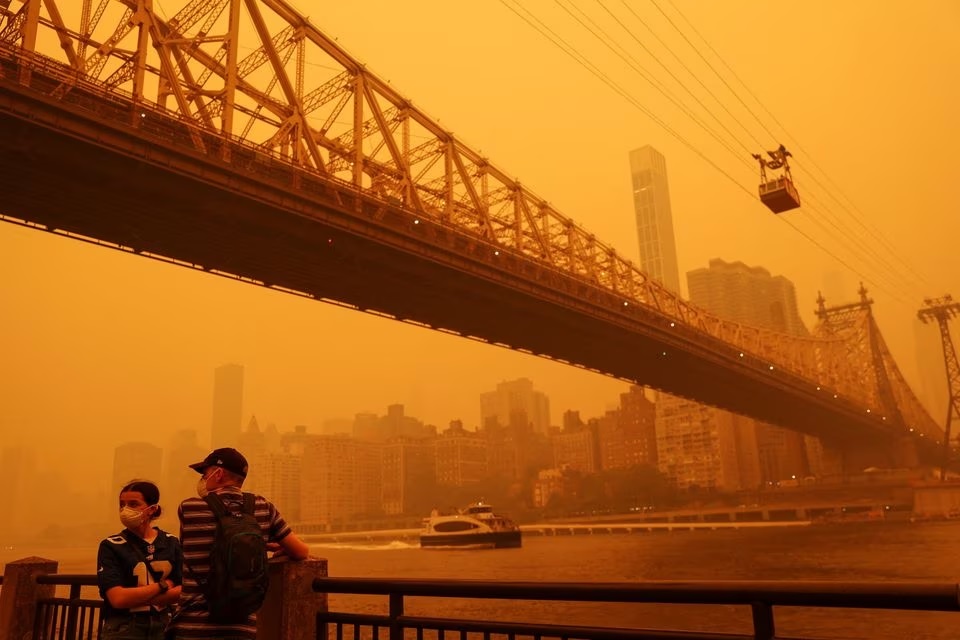
An area in Manhattan, New York, US is covered by smoke coming from wildfires in Canada on June 7, 2023. Photo: Reuters
“It is critical that Americans facing dangerous air pollution, especially those with underlying health conditions, listen to their local authorities to protect themselves and their families,” US President Joe Biden wrote on Twitter.
Thick smoke and soot drifting from the air to the ground have made this the worst wildfire smoke outbreak in the northeastern United States in more than 20 years, US forecasting service AccuWeather said.
New York’s world- famous skyline, usually visible for miles, seemed to disappear under a thick yellow haze. “It made breathing difficult,” said Mohammed Abass, a Manhattan resident. The smoky air was especially difficult for people who worked strenuously outdoors.
New York Governor Kathy Hochul called the situation an "urgent crisis," noting that air pollution readings in parts of her state were eight times higher than normal.
Reduced visibility due to the smog forced the Federal Aviation Administration to reduce air traffic into the New York and Philadelphia areas from elsewhere on the East Coast and Midwest, with flights delayed by an average of about half an hour.
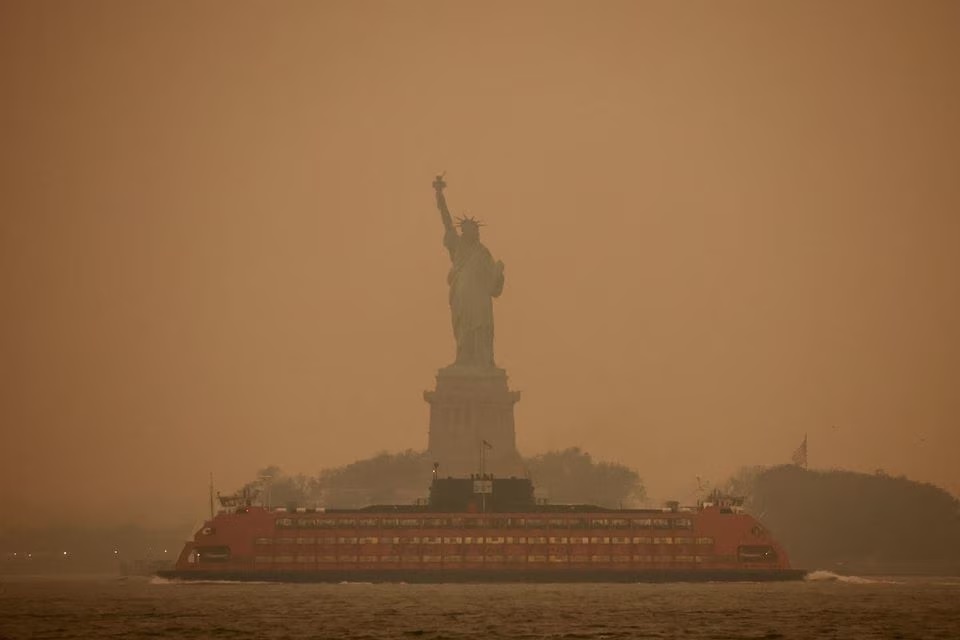
The Statue of Liberty in New York is covered in yellow smoke and ash. Photo: Reuters
Schools in some areas of the East Coast have suspended outdoor activities, including sports practices, field trips and recess, to protect students. Even Major League Baseball has been affected, with some games postponed.
In some areas, the Air Quality Index (AQI), which measures key pollutants including particulate matter from fires, has reached levels above 400. While 100 is considered “unhealthy” and 300 is “hazardous.”
Smoke drifted across the northern US border from Canada, where hundreds of fires have burned 3.8 million hectares of forest and forced 120,000 people from their homes in an unusually early and intense start to the country's wildfire season.
AccuWeather said poor air quality is likely to persist through the weekend, with a developing storm system expected to move smoke westward across the Great Lakes and further south through the Ohio Valley and into the mid-Atlantic region.
Huy Hoang (according to Reuters, CNN)
Source


![[Photo] President Luong Cuong talks on the phone with South Korean President Lee Jae Myung](https://vphoto.vietnam.vn/thumb/1200x675/vietnam/resource/IMAGE/2025/6/13/eee54a4c903f49bda277272b1dda68e8)

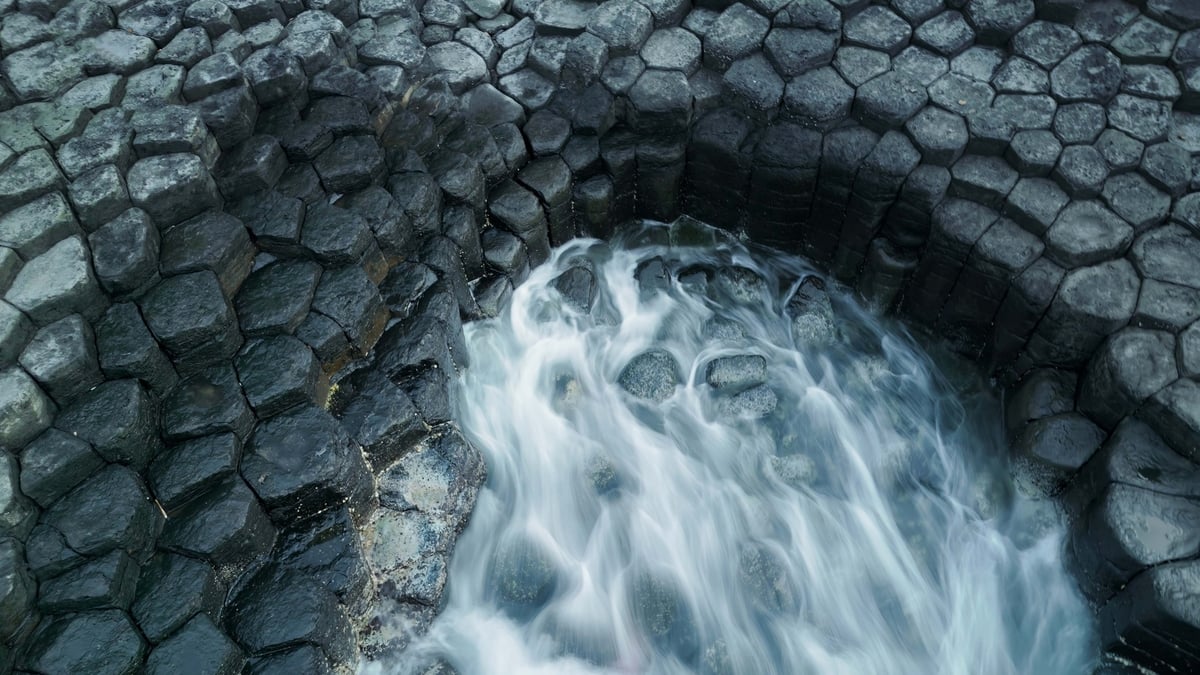
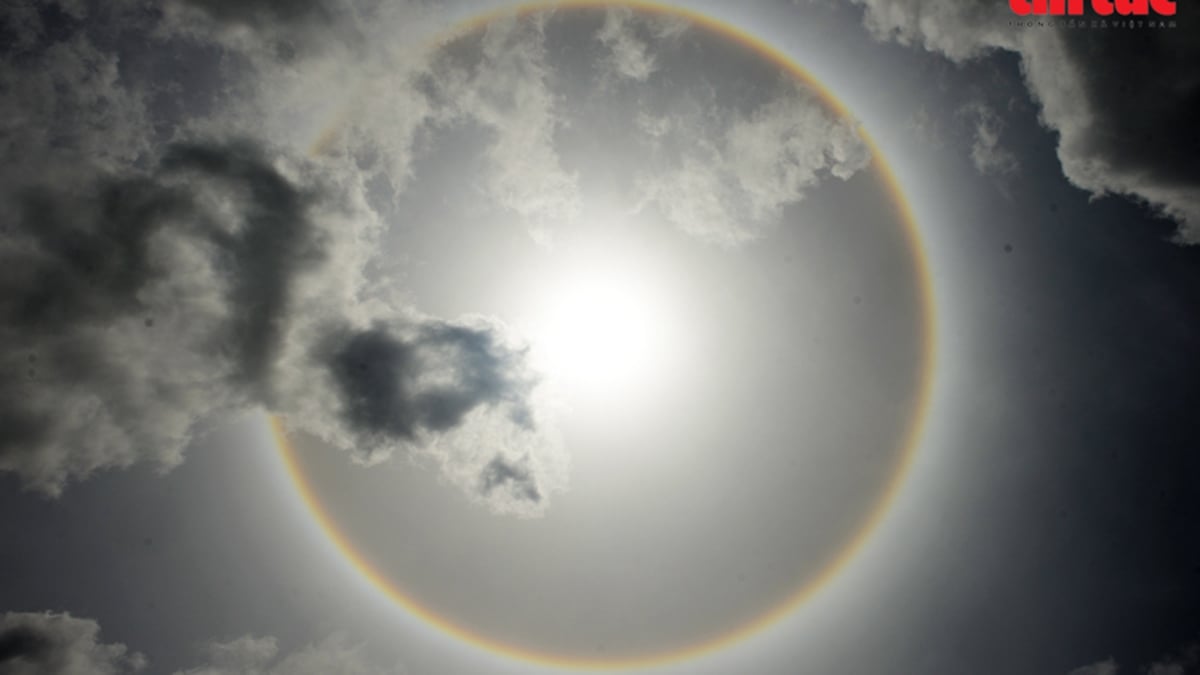


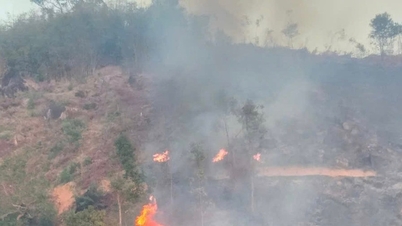





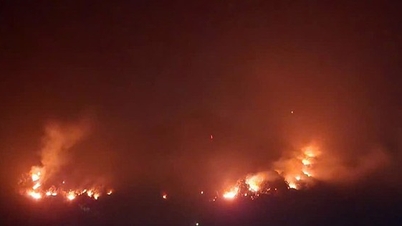

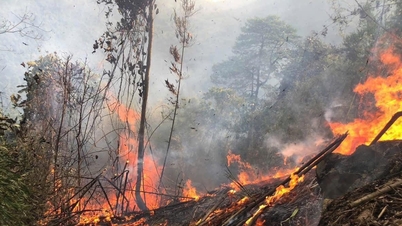
















































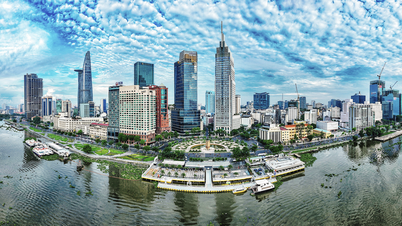





































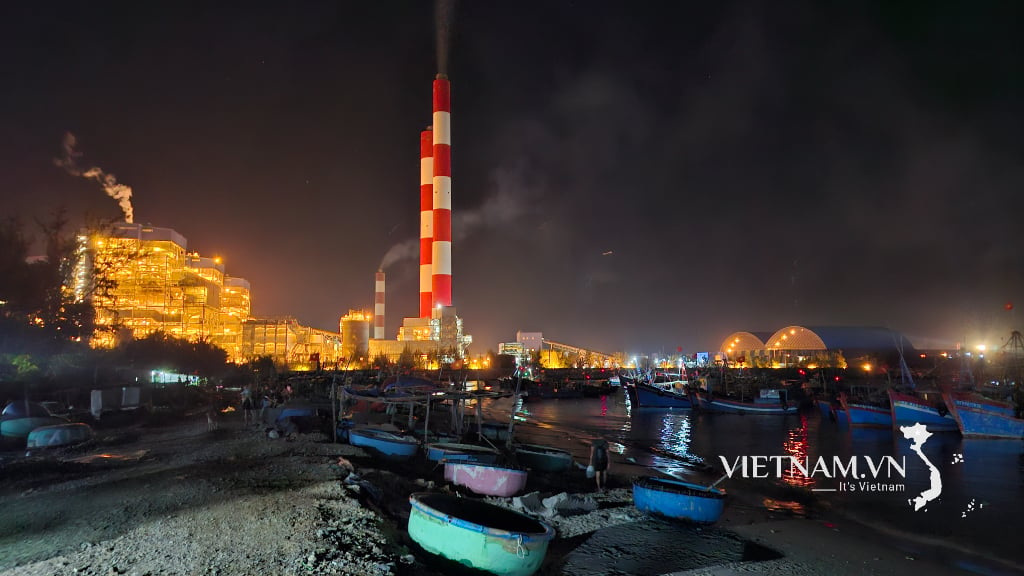


Comment (0)